Today we’re sharing our 5th episode in our ongoing series featuring educators working in international schools in the Asia region. The teachers, coaches and school leaders on this call have been remote learning for up to 3 months already and many are getting ready to start back to school in the next few days and weeks. Today we talk about what returning to school may look like for the foreseeable future, including the procedures for safe face-to-face learning, the realities of being back to school with expectations for social distancing, and the different ways schools are managing hybrid learning (online & face to face). We also discuss some of the positive outcomes from remote learning that we’d like to see continue next academic year. Watch (or listen to) our previous episodes to hear how things have evolved over time, and keep up with new posts and resources on our Remote Learning page at bit.ly/eduroesc. To hear the full conversations, subscribe to #coachbetter wherever you get your podcasts or head over to #coachbetter.tv.
Subscribe to #coachbetter via your favorite Podcast Player!
Featured Guests
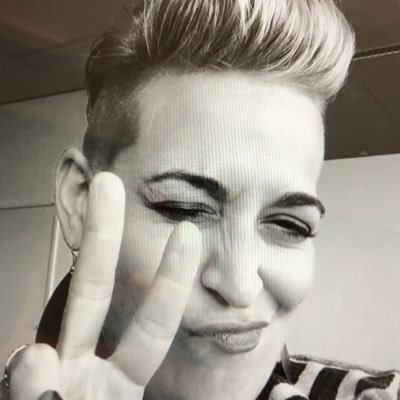


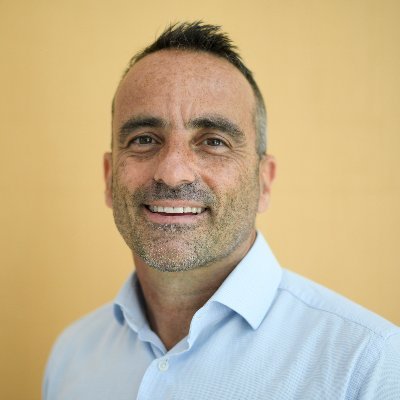
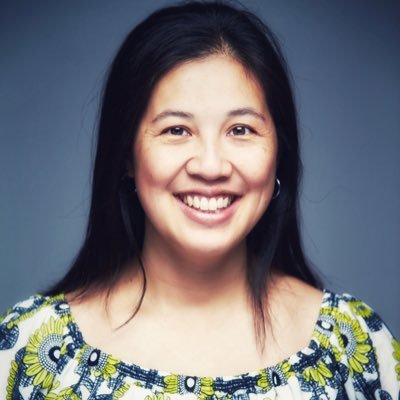
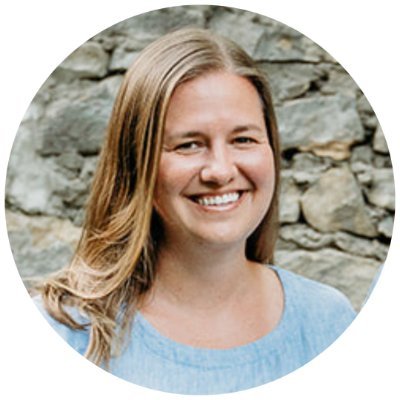
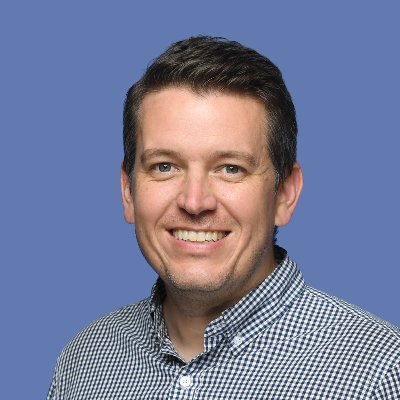

Bonus! Watch the Spotlight Version on YouTube!
Show Notes
What does a return to school look like?
Jeff: requirements are extremely stringent. Starting with seniors tomorrow. Completely finished with requirements for ISB. Opportunity to celebrate the year in ways they’ve been robbed of. In order to do that, ISB has been totally transformed. Walk in the front gate: lines on the pavement to queue to check temperatures, multiple checkpoints once you enter, have to wear a mask, classrooms set so there are fixed amount of students in each room, desks are fixed, arrows on the floor so you walk in the right direction, every seating has signs for the amount of people. Teacher training including hand washing, taking body temperature for the last 2 weeks. Even busses, staggered seating. Welcome 8th graders back in 2 weeks. Everything has been taken care of by the government & ISB.
Angela: these are very privileged schools. Not every school can afford to have all cleaners, cafeteria staff get tested. Can’t expect public schools around the world to be able to do this as safely.
Sandra: Another component, some teachers are out of country. Just got our teachers used to what it looks like online. Now they have to consider having students in person and online. Have to consider both. Going to be very complex. Takes more training to help prepare teachers.
Clint: Even if you come back to campus, focus is still on elearning. Not hybrid of f2f and online. You will engage in online learning, just at campus PLUS engage in other experiences.
Marcello: When we open, the expectation is that all students come back. Will be f2f only, no elearning.
Annalee: Whatever happens on campus is to augment whatever is happening online. Primary source of learning is online learning. Class teacher for every class might not be there. While we can sub in departmental colleagues, there more there for supervision and facilitation. In order to be as inclusive as possible, so that everyone has the same access to learning, whatever happens on campus will be extra.
Angela: If you’re back, you’re expected to be at school, whatever your grade level. Exceptions to be made for registered students that have government restrictions.
Clint: next year is a different conversation.
Sandra: most important, keeping student well being utmost on your mind. How do you social distance when students are trying to be actively engaged in their learning. We’re moving into uncharted territory, be nimble, be flexible, be ok with failing and trying again.
Ben: As we make these plans to bring families back, how are we structuring the return to include wellness & building that into the fabric of re-launching. How can we honor what everyone has gone through AND keep everyone safe.
Jeff: I feel like a lot of my tools as a teacher have been taken away. I can’t give kids high fives. With my mask on, you can’t tell that I’m smiling.
Tanya: we have to invent new norms with how we communicate. New ways to acknowledge the same feelings. Different things we can do to communicate feelings in ways that are recognizable.
Clint: How are we going to devise innovative solutions to what we used to take for granted.
Ben: how are we going to normalize this & talk about all of these feelings
Marcello: also for teachers, we’ve had to learn a whole new way of teaching and learning. We’ll have examined our practice, torn it apart and build it again in a different way. Maybe teachers might not be ready to tackle a new year. Nurturing teachers.
Amy: Hong Kong has had experience closures and reopenings because of the protests. Talking about how kids will transition to next year. Decision to roll the kids up in the same group of students. Build in time for students to zoom with their next year’s teachers. Adjusting return date in August for pre-service days. Building in days to give teachers pockets of time to reset for next year.
What do we want to see when we go back?
Sandra: Openness that HOS has had in continually reminding us that this is an opportunity to improve when we come back. Opportunity to come back not to the “same normal”, but a new normal. Doing a lot of reflection about things we have really enjoyed and things we want to take back. Teachers continue to mention better connections with students in terms of feedback, how much better they know their quieter students. How much more autonomy students have. Looking at scheduling in a whole new way.
Angela: We talk about these things in a vacuum, but we rarely ask the kids what has worked well. You come up with a solution and let’s try it. Most awesome time in education because we already threw everything out and we can do it again. If it doesn’t work, we can tweak it.
Tanya: Kids are so excited to have more time with their family, spend time outside, because the academic intensity has come away. Has given them a new outlook on what they do outside of school. More chunking with assessments, smaller more frequent gatherings of understanding. Different ways to collect understanding and better know what students are getting out of their lessons, might make it better for everyone. To keep that quality of life for kids, and academic integrity.
Sandra: Orientation for new staff will happen earlier, now there are modules in teams and flipgrid to introduce each other. Each week they can go through the modules to get to know each other and the school. At the end there is a virtual toast
Ben: Now we have to cover our bases and offer a more diverse way of interacting. Feedback has been a big winner. How teachers are packaging and delivering the content. We’ve really slowed down and the quality and level of feedback, and work is much more focused. What teachers know about their learners is phenomenal. Blended approach.
Marcello: Assessment, people rethinking how they assess. Now that everyone has the internet all the time, can’t give them the old quiz or test. Having conversations about how can we find out about what each student understands.
Annalee: There is room and opportunity for initial reflection, among faculty and among students, and build some into the start of next year. What about new teachers? What I would love to see is administrators articulating the vision of where they want to get to, supporting teachers and students in order to continue the things that have worked and recognizing that we need to leave behind some elements. Need to prepare for ongoing opening and closings over the next 2 years. Administrators have to nurture teachers as they come back.
Ben: Now it’s not a factor if you’re learning a tool or not. When we go back, now these tools are core to how we behave. Expectation is that these are the tools we use. Can no longer be confined to the walls of your classroom. Have to be able to flip a switch and go back and forth between virtual and f2f learning
Clint: Need to flip a switch is becoming clearer and clearer. Have an online learning week in November so that we don’t forget everything we’ve learned. How do we keep that consciousness for teachers. What are those parts that we need to make part of our culture.
Ben: How do we protect our time to allow us to keep engaging in the things that are bringing us high value now. We get really busy in the business of doing, the things that are worth doing take time.
Sandra: Coaching culture: coaching sprints: experimenting. Starting the the goal, and then experimenting. Covid has really helped us experiment, trying and reiterating. Design thinking idea. Teachers are starting to get into that rhythm. Teachers are not as worried about being perfect, as much anymore. Time before the end of the year is the perfect time to explore and experiment. This is almost like a prototype before we get back to school in August, and then allows us to try again in August.
Tanya: confidence has risen because teachers are trying so many new things. Hope it carry’s over to next year. Kids expectations have changed as well. Now that they’ve seen a lot of new ways they can show their creativity and student voice, will influence teachers.
Angela: Getting rid of the classroom concept. Teach based on your timezone – should have done that the first time around. If we would allow ourselves to have many educators instead of just “my teacher”
Ben: Grade 5 is team teaching, same distribution in online, sometimes one teacher takes the topic for the whole grade level. Working well online
Amy: 10 teachers per grade level. Realizing that not everyone was on the same page when we started. Now we’ve adapted and small teams split the workload for each grade. Cross assessing from different sections. Teachers have learned a lot grading work for their own students that have been assigned from another teacher. What is the most important thing to teach, to assess, to tell them. Forced to focus in so carefully to get 10 people on the same page every week, day in day out.
Level Up Your Coaching with The Coach!
If you are ready to dive deep into your coaching practice, to help you #coachbetter and build a thriving coaching culture in your school, please join us for our next cohort of The Coach!
Wherever you are in building a coaching culture in your school, The Coach will give you the strategies, skills and tools you need to make coaching a success and will empower you to confidently apply instructional coaching strategies in any situation – from building a coaching program, to having coaching conversations, to being a leader in your school community. We facilitate only one cohort each academic year so we can offer individualized support for each participant.
Coaches of all levels are welcome: you’ll start the program with a self-assessment to determine exactly what the next steps are for you!
Registration for our next global cohort opens once a year – check the website for details!
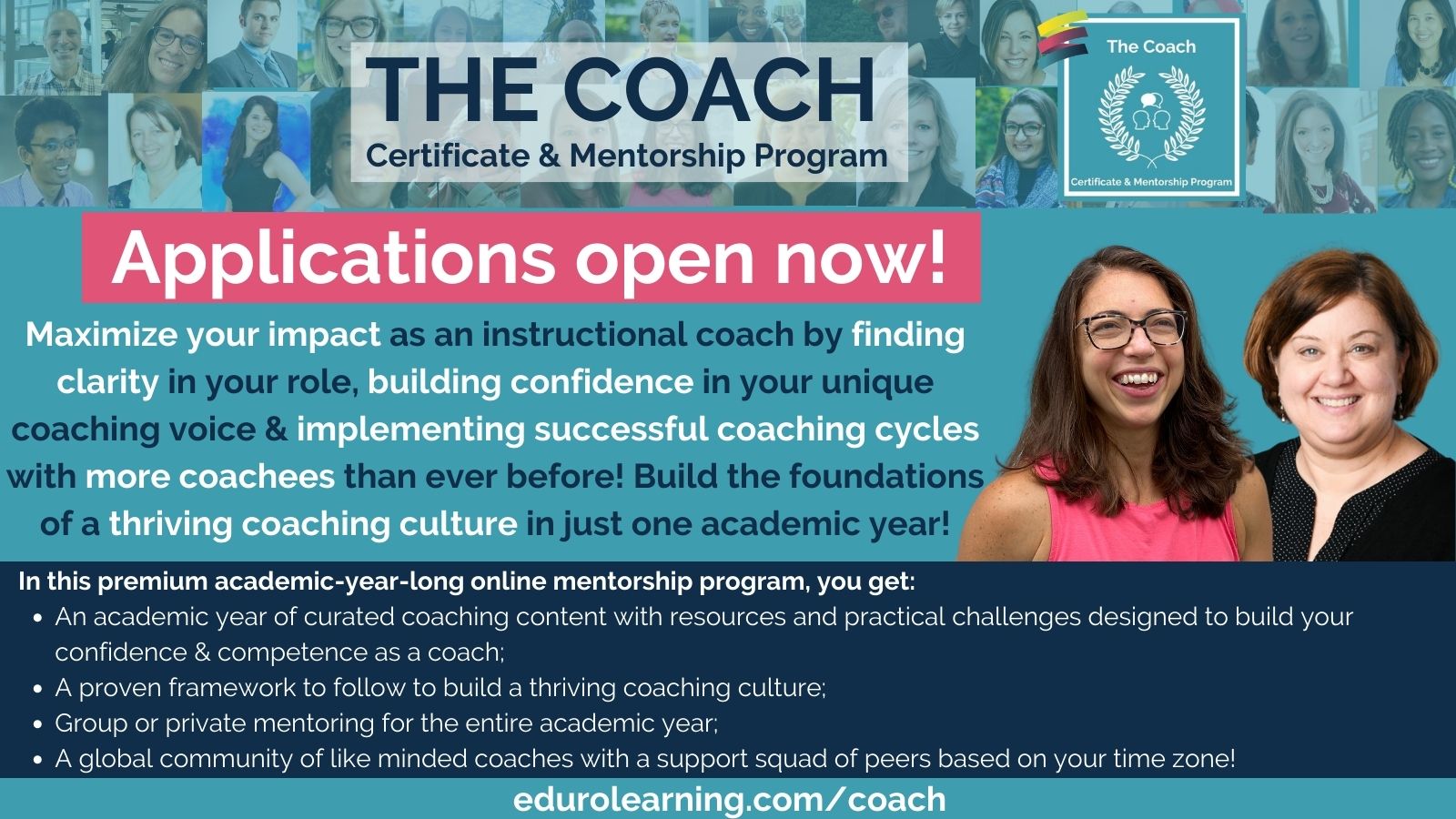
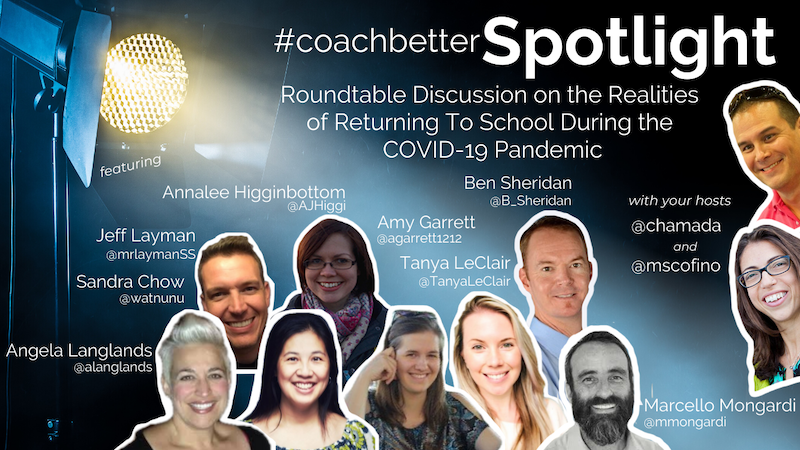




Recent Comments